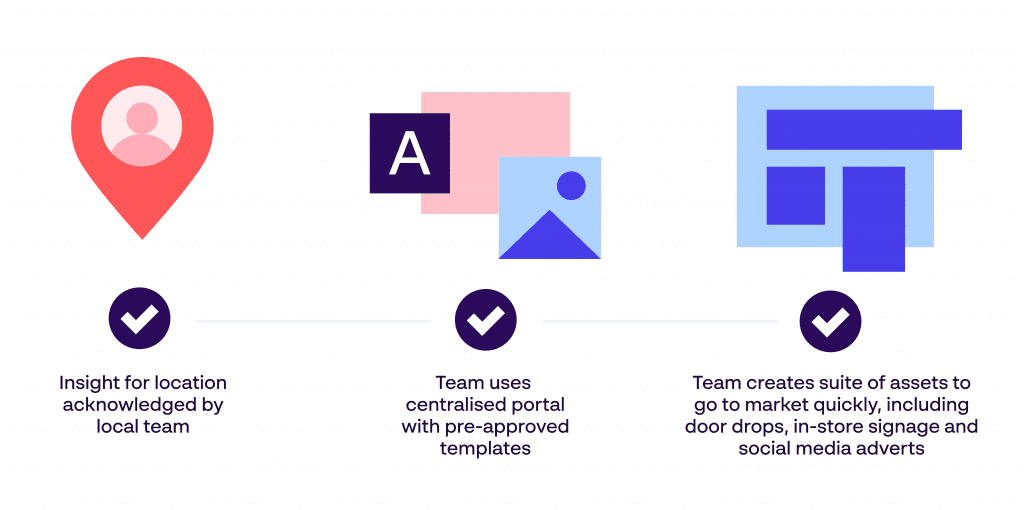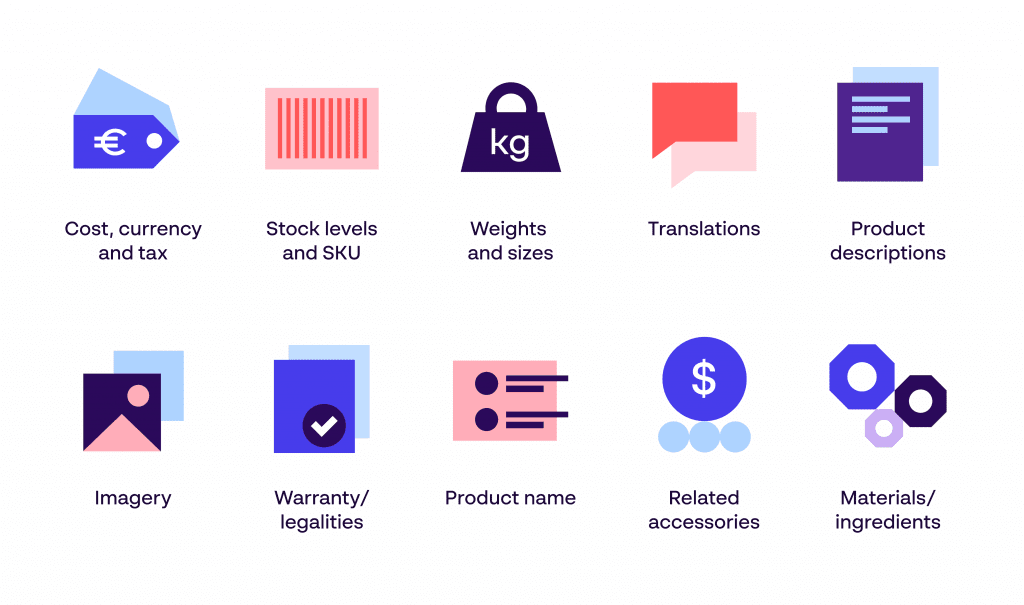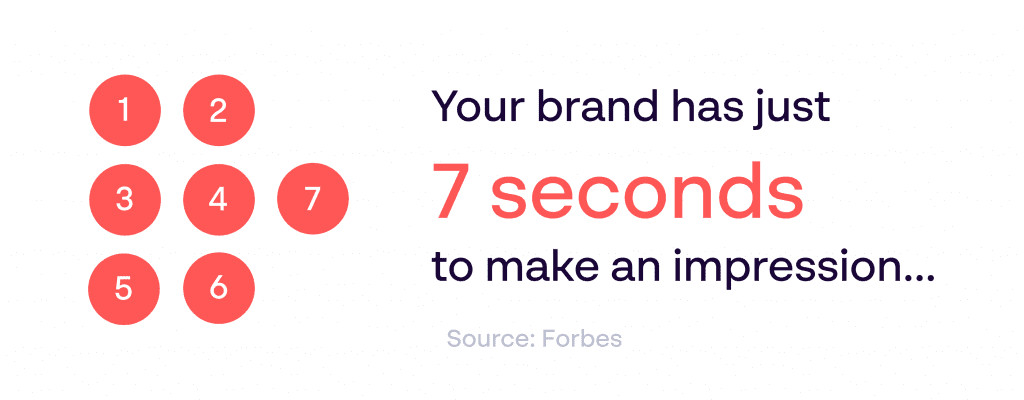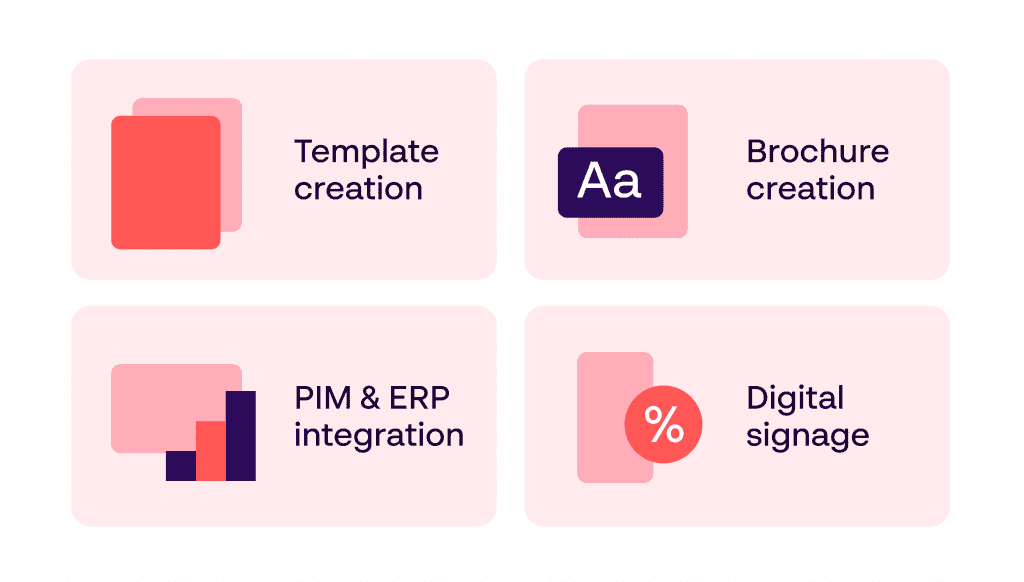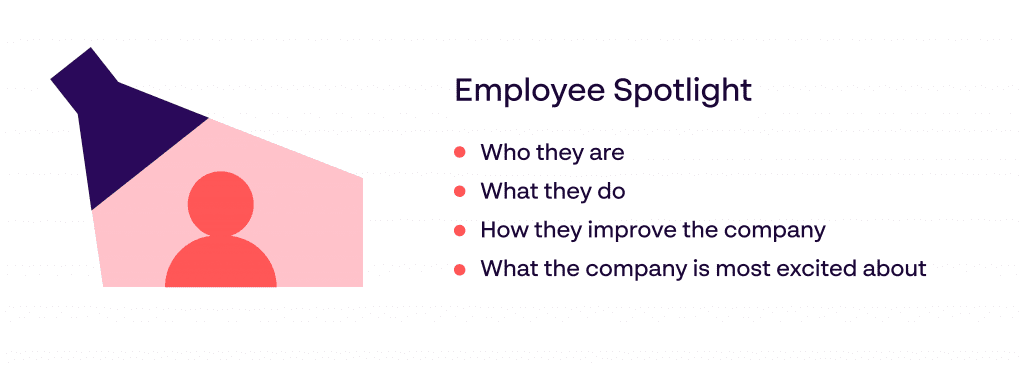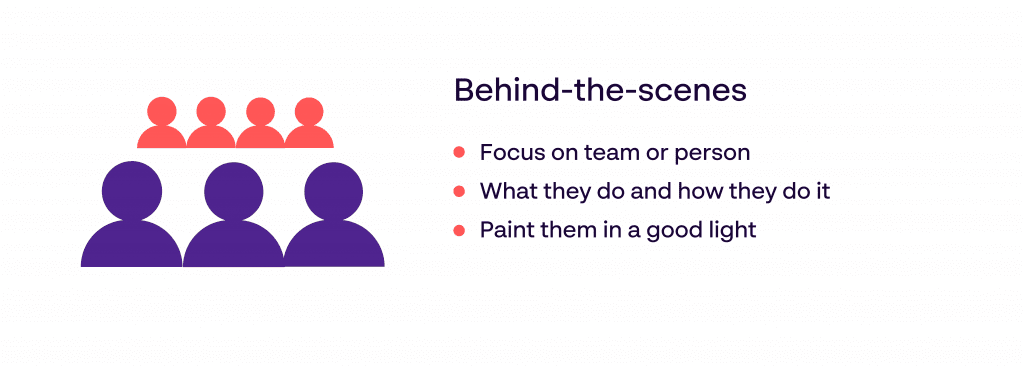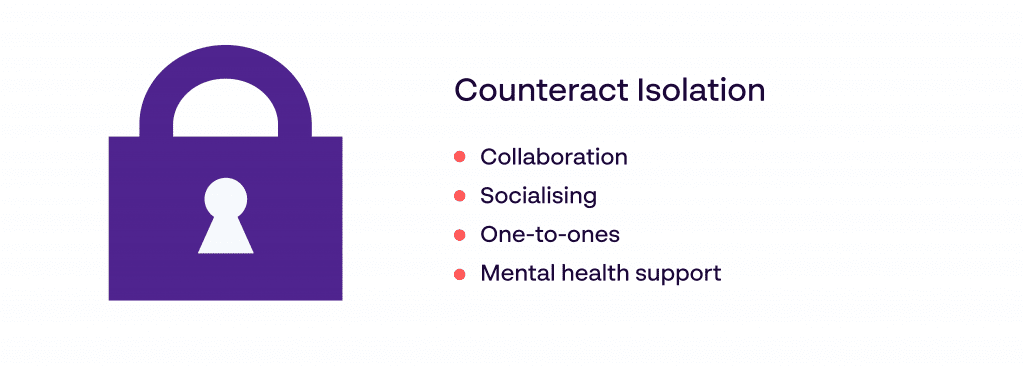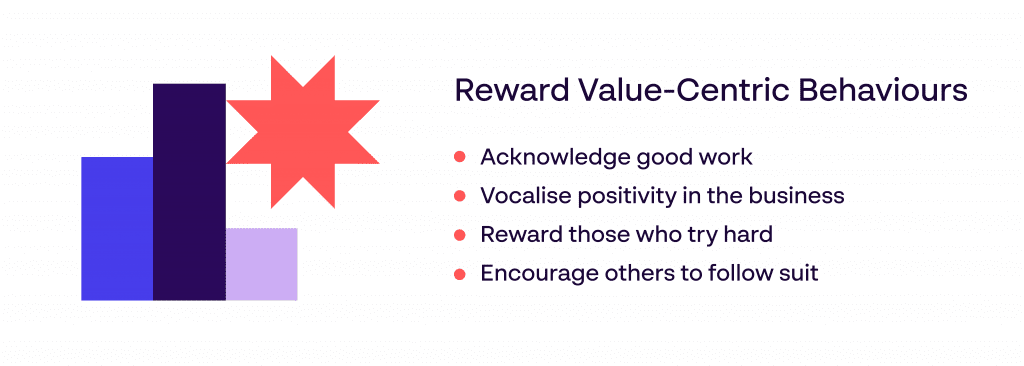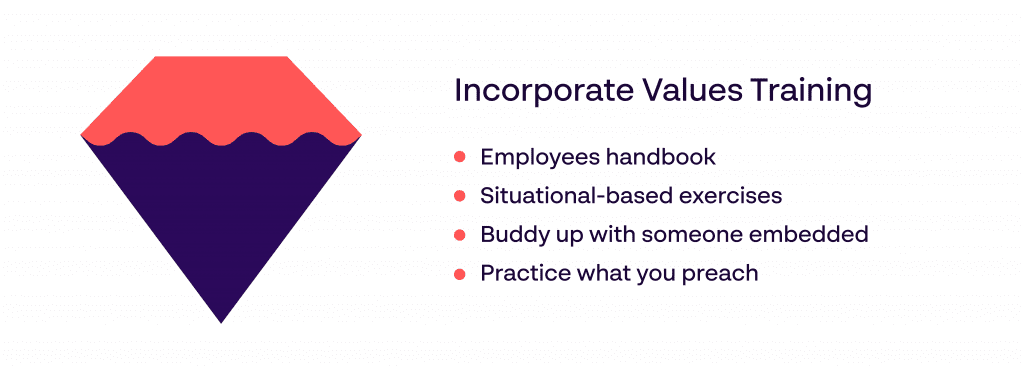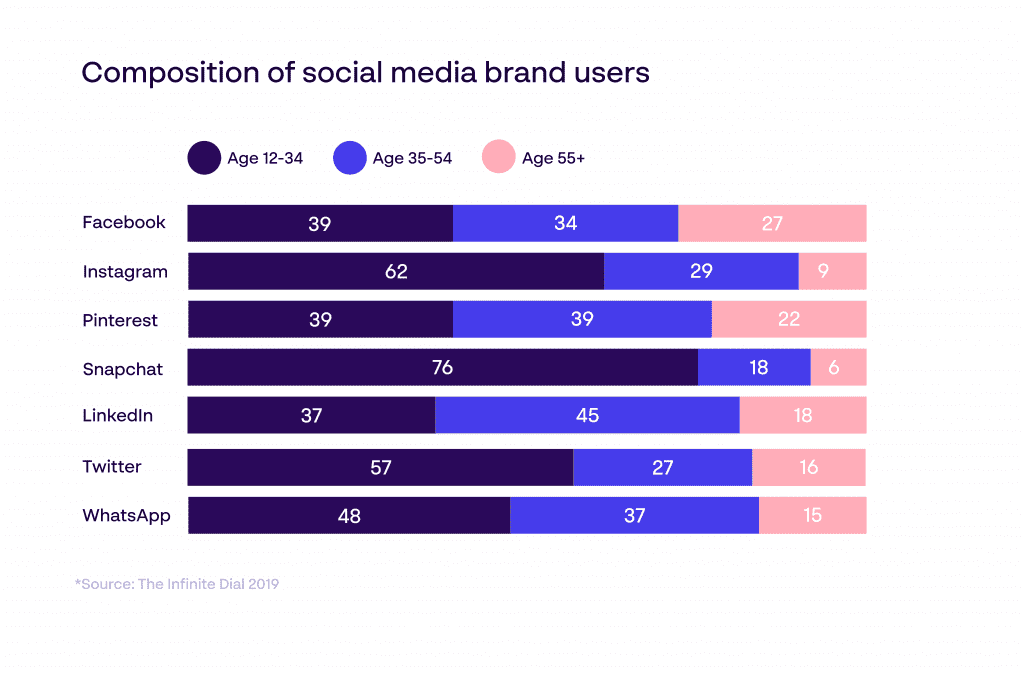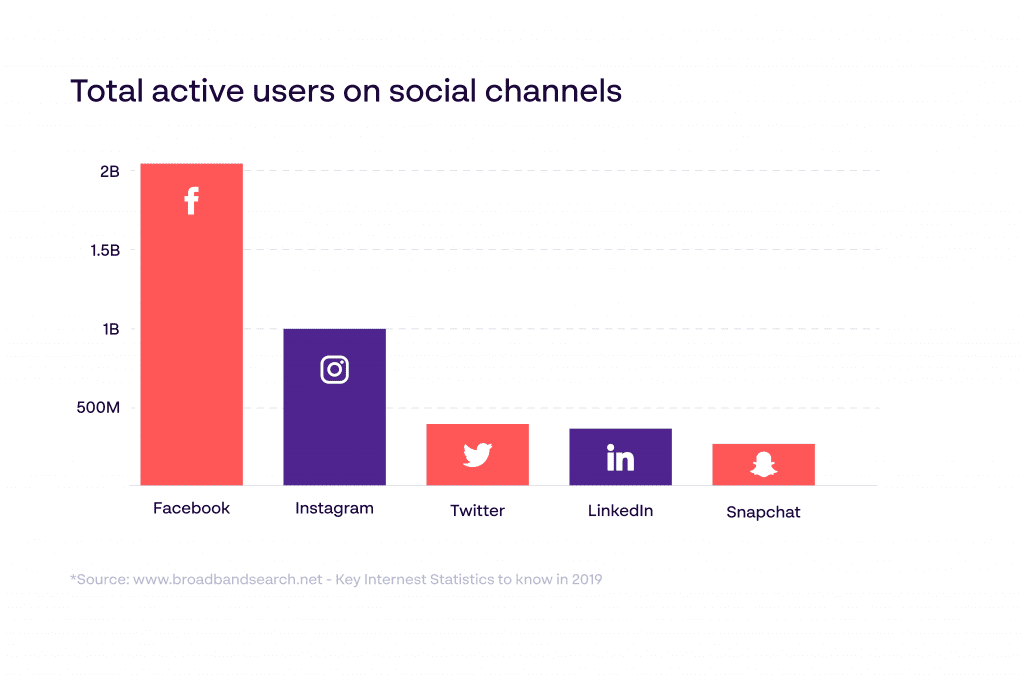Working in marketing can be one of the most rewarding careers in the world – if you work for the right company that is. Too often companies portray exceptional employer brands, but once the new employee scratches the surface, they realise they have been mis-sold or have made a big mistake.
Likewise, talent can pull the wool over the eyes of some hiring managers and turn out to be something entirely different to what they signed up for.
We’ve scoured high and low to bring you all the red flags from both sides of the hiring desk. So whether you’re moving to your next role or hiring for the next big thing, make sure you don’t miss these warning signs.
Identifying 10 red flags:For an interviewee..
#1 How you are welcomed
If you are attending an in-person interview and it takes a while for you to be greeted, it could be that you happen to arrive on an exceptionally busy day. Make yourself seen and known so that your hiring manager knows you’re here. If nobody seems prepared for your arrival or there is confusion before you are directed to the right place, it could be a red flag that the hiring process generally will be quite disorganised.
#2 If the interview gets cancelled last minute
If your virtual or in-person meeting gets cancelled last minute, it could be an insight into what the company is like – unreliable or chaotic. Of course, genuine emergencies can’t be helped, but if no decent explanation is given or a follow-up date for rescheduling, this could mean you have had a lucky escape.
#3 The list of duties as part of the role is messy and unclear
When asking questions about the role, if the hiring manager is vague or evasive about your specific queries, then it could be that:
- The wrong person is interviewing you/the right one was too busy.
- The role isn’t yet clearly defined, which leaves your responsibilities in question and open to change.
As a prospective employee, you should have a clear idea of what you’re being brought in to achieve. Marketing can be a chaotic industry as it is – without knowing your boundaries, limitations and outline responsibilities of the job, you’re almost already set up to fail.
#4 The hiring manager isn’t prepared
While we all have off days and busy days, if the person interviewing you is totally unprepared for the interview, it could suggest that they are overworked. Of course, hiring for the department (interviewing you) could help to resolve this, but not having time to prepare for an interview could suggest an unhealthy attitude towards workloads and burnout.
#5 Salary expectations are asked about before they’re shared
Hopefully you will have an idea of the salary before having applied, but if you are in an interview without this knowledge, and the interviewer asks what your expectations are, this could be a potential red flag.
By purposely leaving the salary off the description and asking you about your expectations, they are putting themselves in an advantageous position to negotiate – and leaving you in a vulnerable position in terms of finances.
#6 The salary offered is much lower than the marketing industry standard
If the salary doesn’t match your expectations then hopefully you won’t put yourself forward for the role in the first place. If, however, the role sounds ideal for your skill-set but the salary doesn’t match what’s being asked, you should see if there is any room to negotiate.
If the employer flatly refuses (even after being shown comparable roles for a higher salary and after you’ve proven your worth), then don’t bother taking the application any further.
#7 The job entails a lot more than what’s in the job description
A vague job description can leave you with more questions than it does answers. Make sure you expand on the bullet points in the interview process so you have an exact idea of what’s expected of you. Often, blanket statements are used to cover a wide-ranging remit that doesn’t always match what you’ve read.
If you scratch the surface of the role and uncover a whole new side you were unaware of, proceed with caution. It could be that the employer has melded multiple roles into one and that their overall expectations are unrealistic.
#8 There’s no clear hierarchy or area of support
Many companies going through a period of growth may make it clear that the structure is adapting to the needs of the company. But if you aren’t given a clear outline of who you are reporting to, take this as a big warning. It’s likely you could be left to fend for yourself and be without support if the interviewer is unable to answer your questions.
#9 They are entirely married to the technology or software they use
If you have successfully used a piece of software to do your job or completed training in a particular technology, the hiring manager should be inquisitive and interested in this, even if it’s not something their company actively uses. If the company dismisses a skill or piece of software without real reason, then it could allude to an outdated or close-minded approach.
#10 The employer is openly negative about the person you are replacing
Always ask how the role came about. Are you replacing someone? Is the team growing? Will this role exist in 5 years? If they are replacing someone, tactfully try and discover why they are leaving/did leave.
If the employer is vocal or overshares with you, then it’s a warning that the company isn’t very professional. Try not to get caught up in the gossip, as it could very well be you they are talking about in the future should you choose to take the job (you shouldn’t!).
3 common misconceptions: Interviewee
Be inquisitive and ask questions that are of genuine interest to you – but don’t ask questions for the sake of it. The interview should flow naturally, with both sides of the hiring desk steering the conversation at certain points.
Try not to come prepared with a list of questions. Instead, think about what’s left for you to know on the day – it will be more authentic and more beneficial for you.
Lots of marketing buzzwords have a short shelf-life, and some companies downright hate them. Read through the company’s website prior to your interview to try and get an idea of their tone of voice. Although this won’t necessarily be employee-facing, it may help you to place what their expectations may be in terms of language and interview style.
If you’re applying to a creative agency, the dress code is likely to be a lot less formal than a traditional interview, but always check out the website first or ask the question to your hiring manager if you’re unsure.
Sometimes turning up in a suit when a smart shirt and jeans would have sufficed could be enough to give a creative employer a bad impression – not because you did anything wrong, but because you missed the ‘vibe’ and ‘culture’ of the agency.
For more corporate in-house roles, smarter is always better, but always double-check with your recruiter to avoid any embarrassment.
Identifying 8 red flags: For an interviewer…
#1 Vague answers to questions you’re asking
A good marketer can sell anything, but if what they’re saying is all shine and no substance, this could be a warning that their real-life skill set doesn’t match what they’ve put down on paper.
Where a candidate talks about a particular skill, ask scenario-based questions that will give you a better understanding of their knowledge. If their language is loose, vague and evasive, they might not be the right fit or could be more junior than they think.
#2 They don’t sell themselves well
While not every marketing role will mean directly selling, it’s important that the candidate is confident in what they’re talking about. Now this doesn’t mean there isn’t room for nerves or a bit of anxiety, but if the candidate isn’t able to talk consistently or comfortably about themselves – a subject they know the most about – this could mean that they will struggle in their day-to-day role.
#3 They talk too much about other offers
If a candidate is repeatedly name dropping other companies that are interested in them, they are angling for you to get competitive – usually with financial incentives. While mentioning who they are interviewing with (when asked) is perfectly acceptable, commandeering the interview to be about all their different job offers could mean they don’t see loyalty as a useful trait.
#4 They haven’t researched what the company does
While not everyone will spend hours researching what it is your company does, it’s important that the candidate grasps what you do at even a most basic level and can explain what it is your brand is with ease.
Why is this important? Because how could a candidate possibly be ready to start a career at a company they know nothing about – and contribute to the marketing department effectively?
#5 They use a lot of marketing buzzwords without going into detail
While a high-level knowledge of certain tools, terminology and processes will always shine through naturally in conversations, if a candidate is forcing in language that doesn’t quite fit with the conversation you’re having, it could be a red flag that they are trying to get the role without truly understanding what it entails.
If they use particular words frequently, politely probe them on the terminology to ensure they understand. It may sound a little extreme at the interview stage, but if a candidate isn’t honest at this early part of the process, it doesn’t bode well for the rest of the application.
#6 They are set in their ways about how they do things
Part of hiring new talent is the hope that they bring with them new ideas, ways of working and initiatives – but they also need to be open to the way your company and brand function. If they come across as close-minded or refuse to acknowledge other ways of working, this could cause huge problems further down the line.
#7 If they are late and they don’t call or email ahead to explain why
Being late to an interview is forgivable, but a candidate not having a level of courtesy to inform the potential employer that they are running late could be seen as a warning sign.
The world of marketing is fast-paced and spare time is low, so if a candidate turns up more than 5 or 10 minutes late without calling or emailing ahead, this could be interpreted as them not caring too much about whether they get the role.
#8 They don’t ask any questions about the role
Not every candidate needs to be armed with a thousand questions, but demonstrating an active interest in the role by asking the odd question here and there shows they are genuinely engaged in the conversation.
Likewise, if the candidate leaves all their questions until the end – when you ask them if they have any – they may be pre-calculated, as opposed to genuine questions that have arisen as an outcome of the interview.
3 common misconceptions: Interviewer
It’s not uncommon for marketing roles to be contracted. These can be anything from 3 months to 3 years. Most candidates will state when they were contracted on their CV, but if they don’t, don’t write them off immediately, as their placement may only have been for a short time or maternity cover.
While ideal candidates should be open to doing tasks or providing an additional layer to their application, some companies have been known to take advantage of prospects by asking for too much.
If a candidate isn’t keen on doing a presentation, speak to them about their concerns and assure them of your way of working. Also, make sure each stage of the hiring process (including any presentations or tasks) is made clear at the beginning of an application stage.
A career is for fulfilment as well as financial remuneration, but the reality is that job satisfaction doesn’t pay the bills. Candidates are well within their right to ask about salary brackets and progression. If anything, it shows they are seriously considering the role, but that this might be the final barrier.
Some of these red flags are common, others less so…
Regardless of which side of the desk you sit, it’s important to continually assess your next step – whether that’s a marketing role promotion or growing your team. Recruitment and finding a new job is a difficult process, so we hope this article has helped shed some light on what to avoid.







